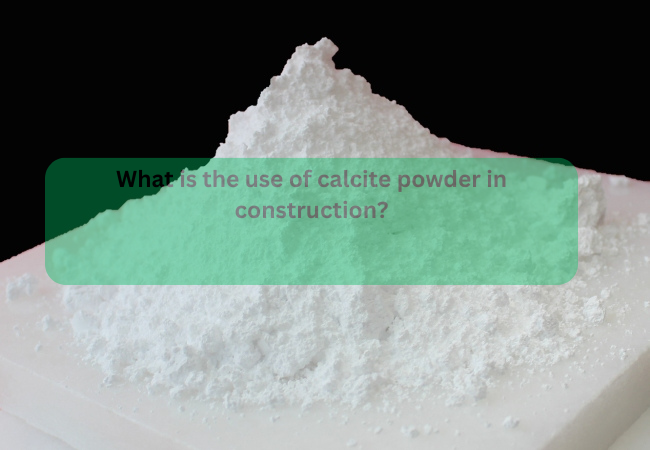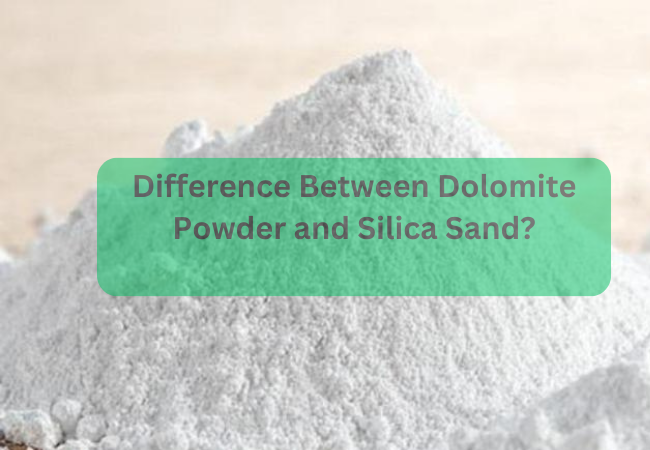- ISO 9001:2015 Certified Company
- +91-9672985402
- info@vasundharamicron.com
What is the typical talc loading level in masterbatch?

What are the key properties of Mica that make it valuable?
September 4, 2023
What benefits does talc bring to filler masterbatch?
September 18, 2023In the realm of plastic processing, achieving the perfect balance between cost-efficiency and desired material properties is paramount. Talc powder for Filler Masterbatch has emerged as a versatile solution to enhance the performance of plastics, offering benefits like improved stiffness, dimensional stability, and cost savings. However, determining the right talc loading level is a critical decision that requires a deep understanding of the material's behavior and the specific application requirements.
The Role of Talc powder for Filler Masterbatch
Talc, a naturally occurring mineral composed of magnesium, silicon, and oxygen, has gained popularity as a filler in masterbatch due to its unique properties. Talc's high aspect ratio, natural whiteness, and reinforcement capabilities make it an attractive choice for enhancing plastics. When added to the polymer matrix, talc particles create a network that improves mechanical and thermal properties, making it a valuable additive in various industries.
Balancing Properties: The Sweet Spot of Talc Loading
Talc, a naturally occurring mineral composed of magnesium, silicon, and oxygen, has gained popularity as a filler in masterbatch due to its unique properties. Talc's high aspect ratio, natural whiteness, and reinforcement capabilities make it an attractive choice for enhancing plastics. When added to the polymer matrix, talc particles create a network that improves mechanical and thermal properties, making it a valuable additive in various industries.
Key Factors Influencing Talc Loading Levels
Polymer Type: Different polymers have varying compatibility with talc. Polypropylene (PP), for instance, can tolerate higher talc loadings compared to polyethylene (PE). The polymer's inherent properties and crystallinity affect how well it can accommodate talc particles.
Application Requirements:: The intended application of the plastic product plays a pivotal role in determining the optimal talc loading level. For instance, packaging materials might require higher stiffness, while automotive components may prioritize impact resistance.
Mechanical Properties: Increasing talc loading generally enhances stiffness and dimensional stability, but excessive loading can lead to brittleness. Careful consideration is required to ensure that the final product maintains the desired balance of mechanical properties.
Transparency and Color: Talc's natural whiteness can affect the transparency and color of the plastic. Adjustments to pigment or dye formulations might be necessary to achieve the desired aesthetic qualities.
Processing Conditions: The processing method and equipment used influence the flow and viscosity of the molten plastic. Higher talc loadings can increase viscosity, potentially affecting the processing efficiency.
Optimizing Talc Loading for Different Polymers
Polypropylene (PP): PP is well-suited for talc-filled masterbatch due to its higher heat resistance and compatibility with talc. Talc loadings between 20% and 40% are commonly employed in PP applications, offering an excellent balance between stiffness and impact resistance.
Polyethylene (PE): PE has lower heat resistance and crystallinity compared to PP, making it less suitable for high talc loadings. Talc loadings in the range of 10% to 20% are typically used for PE applications to maintain a good balance of properties.
Benefits of Proper Talc Loading
Enhanced Mechanical Properties:: The addition of talc reinforces plastics, enhancing stiffness, impact resistance, and dimensional stability.
Cost Savings: Talc-filled masterbatch allows for the use of lower-cost base polymers while maintaining desired performance, resulting in cost savings.
Reduced Shrinkage: Its influence on shrinkage helps reduce warping and dimensional inconsistencies in molded parts.
Improved Heat Resistance: It can enhance a polymer's resistance to heat, making it suitable for applications requiring thermal stability.
Conclusion
Talc-filled masterbatch offers a wealth of benefits, from enhancing mechanical properties to reducing costs and improving heat resistance. Vasundhara Micron recommends that achieving the right talc loading level is necessary as well as a delicate balance that requires careful consideration of polymer type, application requirements, and processing conditions. By understanding the nuances of talc's interaction with different polymers and its impact on material properties, manufacturers can optimize plastic performance and create products that meet both technical and economic objectives. As the plastics industry continues to evolve, the role of talc-filled masterbatch remains pivotal in driving innovation and efficiency.




